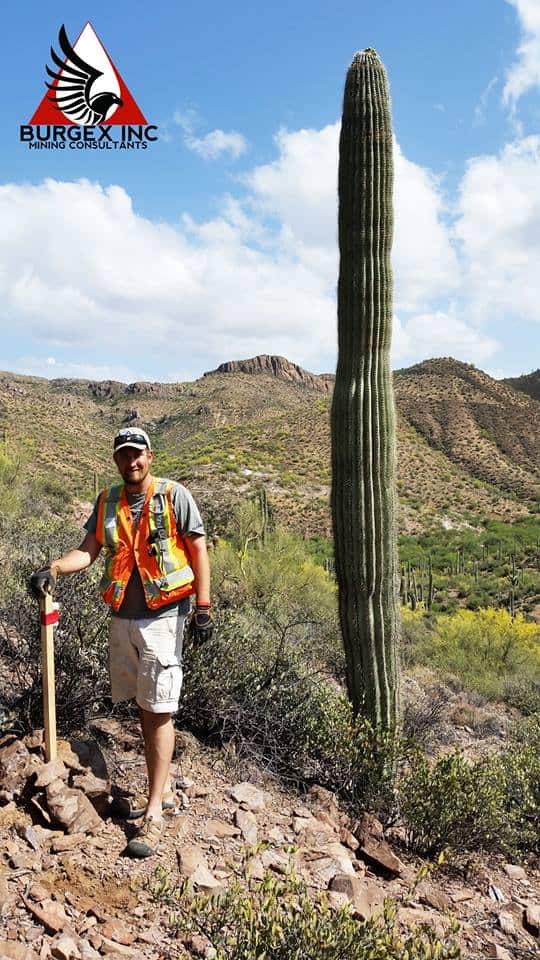The Western United States may be one of the last places in the world where claims are physically staked on the ground by common citizens and multi-national mining corporations alike.
We get a lot of questions from people in the mining industry. These people range from individual prospectors all the way up to executives from international mining conglomerates. Their questions are wide and varied, but there are some common ones that pop up fairly often.
One of those questions goes something like this; “how important is it to actually stake the claims on the ground? Can’t I just file the paperwork with the county and BLM and call it good?”
This is an important question and one that we think is worth discussing. Many people in the mining industry here in the Western United States have heard of or personally know of companies or projects that have been recently filed where there aren’t any posts to be found on the ground. No matter how hard one looks, there aren’t any location monuments or corners to be seen. Yet, these companies have filed the proper paperwork and their claims are logged in the BLM database as active. They are filing, but not physically staking mining claims.
We have personally witnessed and have heard many stories about even major mining companies being just as guilty in this regard as the fly-by-night operators and scammers. They aren’t staking mining claims on the ground. Why aren’t they staking them? Cutting costs and saving time are usually the biggest reasons why companies justify skipping this important step of the claim staking process. Perhaps they also believe that the process is antiquated and is due for an update. Regardless of motive, they are opening themselves up to a lot of trouble down the road and potentially even face the risk of losing their claims. Are they valid claims? Technically they are not.

According to the mining law of 1872, which is very much still the framework of modern U.S. mineral location law, making a discovery and placing a monument and four corners on the ground is the first and most important step in the claim process. This is the process that determines what the location date is for the claim when it is filed with the county and the BLM. The day that the monument is placed on the ground is the day that the claim becomes valid and can proceed through the rest of the claim process. Skipping this step and going straight to filing paperwork is a risky and illegal move.
“But the BLM doesn’t get involved in claim disputes; they don’t check the corners and monuments.” This is a common justification used to bypass the physical staking of a mining claim. While it is true that the BLM does not get involved in claim disputes and they may not in fact always check the monuments, there are plenty of regulations and cases on the books that open one up to litigation and civil disputes of ownership. This is something that can result in the loss of the claims and even possible criminal charges.
It should be noted that the requirements for claim staking vary greatly from state to state and they differ depending on if the claim is a placer claim or a lode claim. For example, California requires placer claims to be staked with 4″X 4″X 48″ posts, while in Utah and other states 2″ X 2″ X 48″ posts are allowed. There are also different requirements for end lines and the way the maps are filed. These filing requirements vary from county to county. Keeping track of all of these regulations can be difficult for even experienced landmen.

It doesn’t matter how big or small you are, the process is the same and should be followed in order to prevent a great deal of potential trouble down the road.
Making sure your claims are properly staked on the ground is the first and most important step toward making sure your mineral rights will be secured for years to come.
Need help staking mining claims? Burgex Inc. specializes in mine claim staking and has the experience to quickly and properly stake mining claims from Alaska to Arizona and everywhere else in the United States that is open to mineral entry. Contact us today for a free estimate.
Staking Mining Claims: Utah, Arizona, Nevada, Alaska, Colorado, Idaho, California

